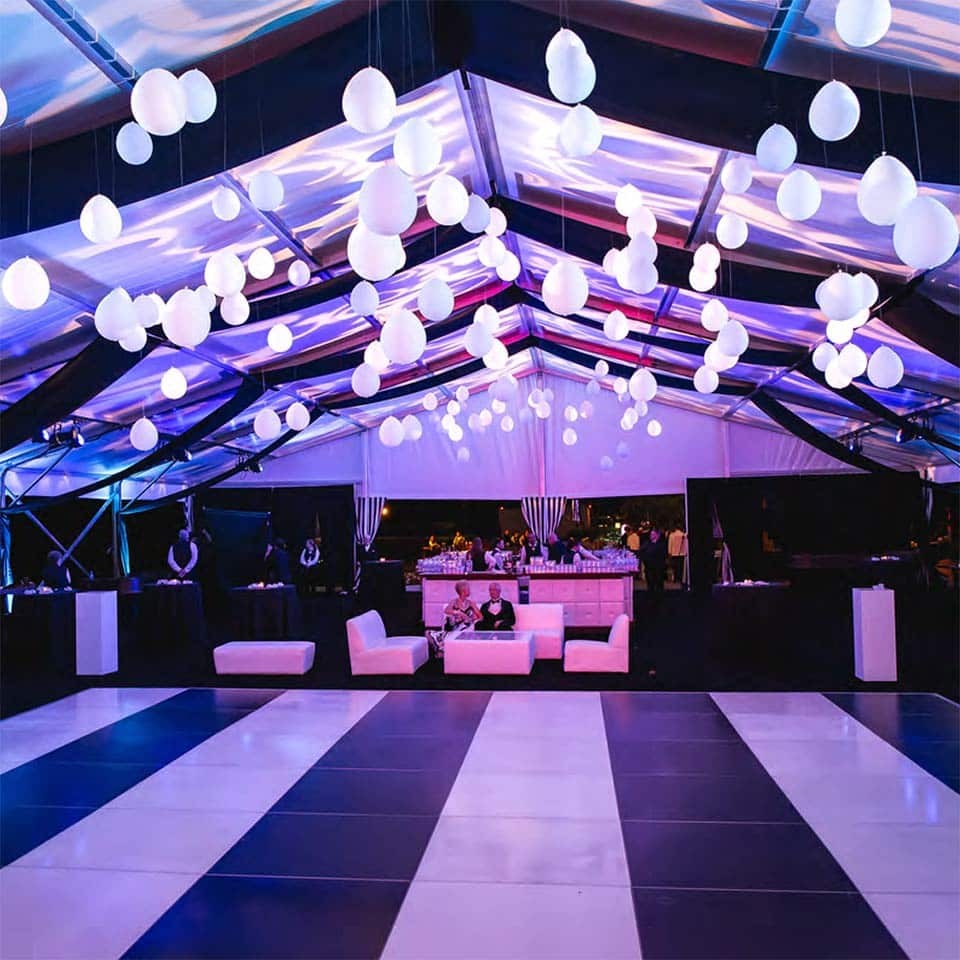Opting for the Ideal Materials for Building a Sturdy and Secure Open-Air Dance Surface
Choosing the appropriate components for constructing a durable and safe outdoor dance floor is crucial for ensuring an enjoyable session. Outdoor dance floors must withstand various weather conditions while providing a stable surface for performers and participants. Therefore, it is essential to consider factors such as material durability, safety attributes, and maintenance demands when making choices. This guide will examine several suitable options and their benefits in designing an open-air dance floor.
One common option for exterior dance floors is timber. Wood offers a traditional and inviting appearance that many consider appealing. Solid woods like maple or oak are particularly favored due to their durability and ability to absorb impact, which can protect dancers’ joints. Additionally, wood has natural slip-resistant properties when finished properly, reducing the chance of injuries. However, preserving a timber dance floor requires routine sealing and refinishing to protect it from moisture and UV damage, making it essential to consider the climate in which the floor will be installed.

Another practical option is synthetic composites, which blend wood fibers with plastic. These materials are designed to be impervious to humidity, mold, and fading from sunlight. Synthetic dance floors provide durability similar to traditional wood without the intensive maintenance. They are less susceptible to warping and cracking than wooden floors when subjected to extreme environmental conditions. In addition, composite surfaces often have integrated anti-slip features, making them a safer choice for open-air occasions.
For those looking for a more contemporary solution, interlocking tiles made of PVC or rubber are reliable options. These tiles are crafted for hassle-free installation and can be rearranged or replaced as needed. The versatility of using interlocking tiles permits rapid assembly and disassembly, making stylish party flooring options them ideal for temporary dance events or festivals. Additionally, these materials provide shock absorption that improves support while dancing and reduces the likelihood of accidents caused by falls. The non-porous nature of PVC and rubber also inhibits water penetration, additionally extending the lifespan of the dance surface.
Ultimately, it is vital to consider the location and intended use of the outdoor dance floor when selecting materials. For instance, if the dance floor will be situated in a high-traffic area or subjected to harsh weather regularly, opting for durable surfaces that require low upkeep will be important. On the other hand, for lighter use or in more protected locations, less heavy materials may suffice. In any case, emphasizing safety features such as traction and impact resistance should stay at the center of design.
To summarize, constructing a long-lasting and secure outdoor dance floor requires careful consideration of various solutions appropriate for different settings and applications. Timber provides classic beauty but demands diligent maintenance; composite materials balance aesthetics with resilience; interlocking tiles dance floor rental provide versatility and ease of use. At the end of the day, identifying the unique requirements of the dance floor's planned use will inform material selection toward choosing the most appropriate material for an enjoyable and safe dancing experience outdoors.